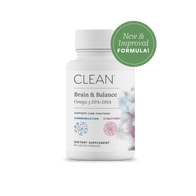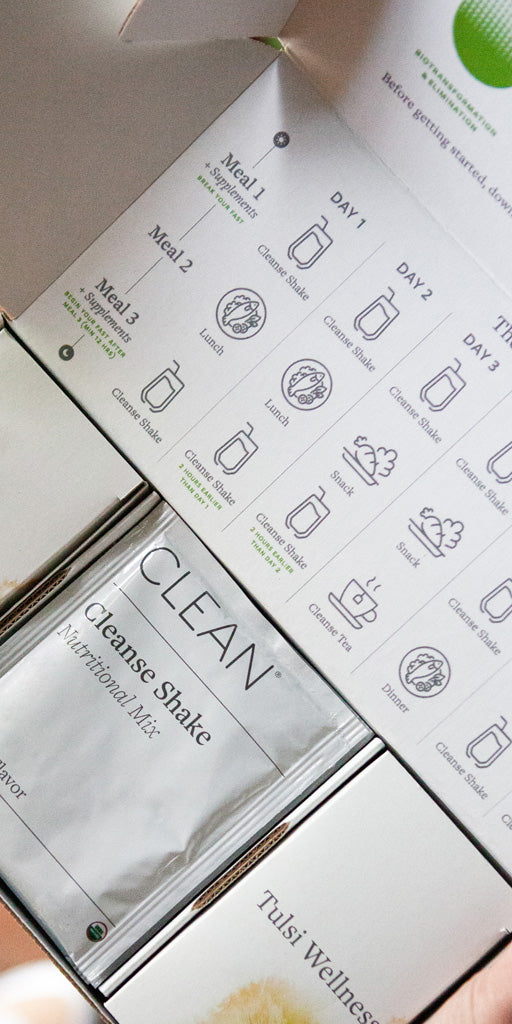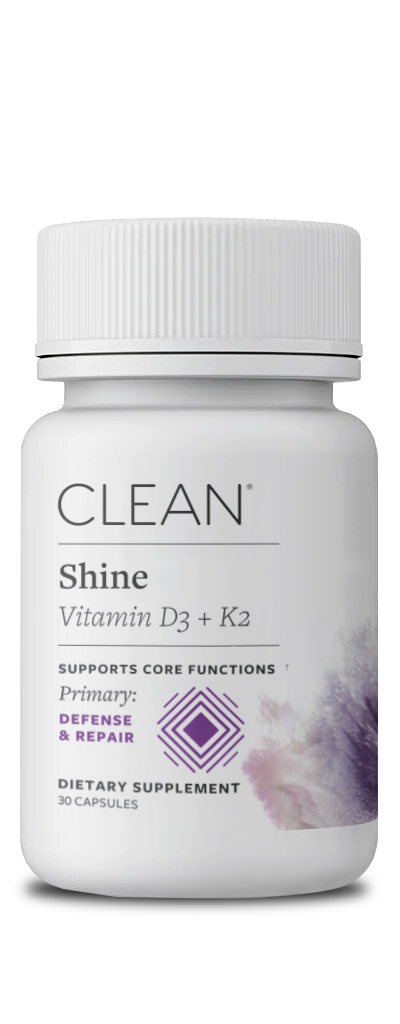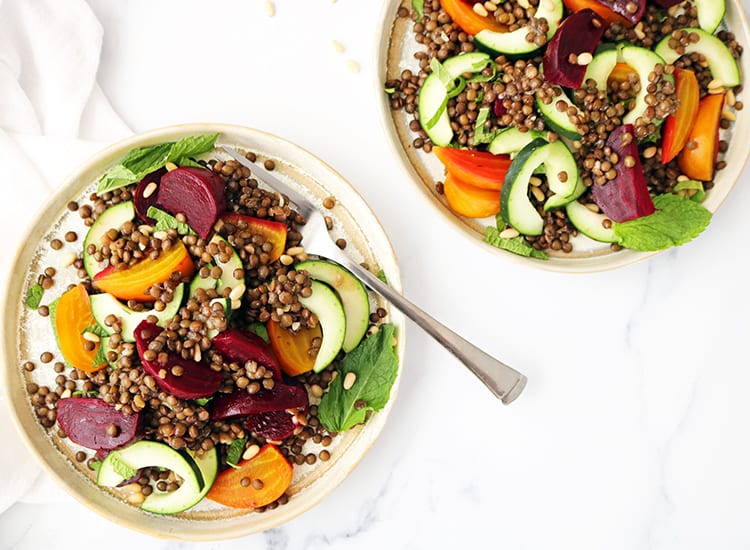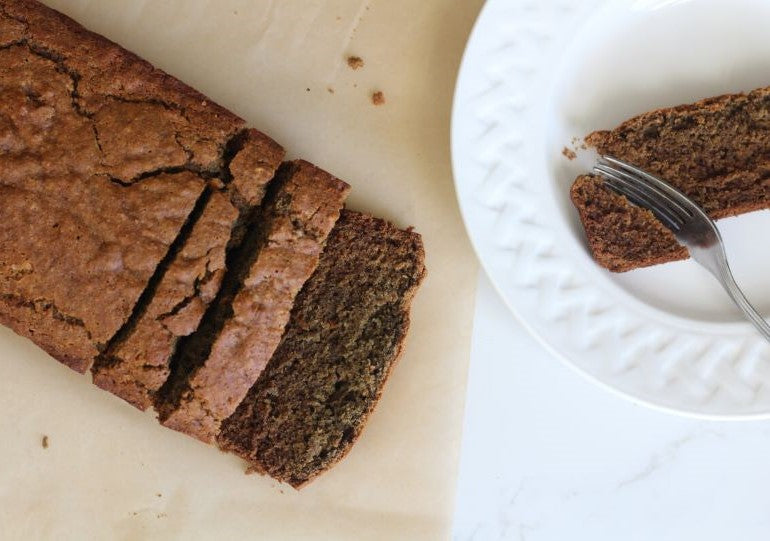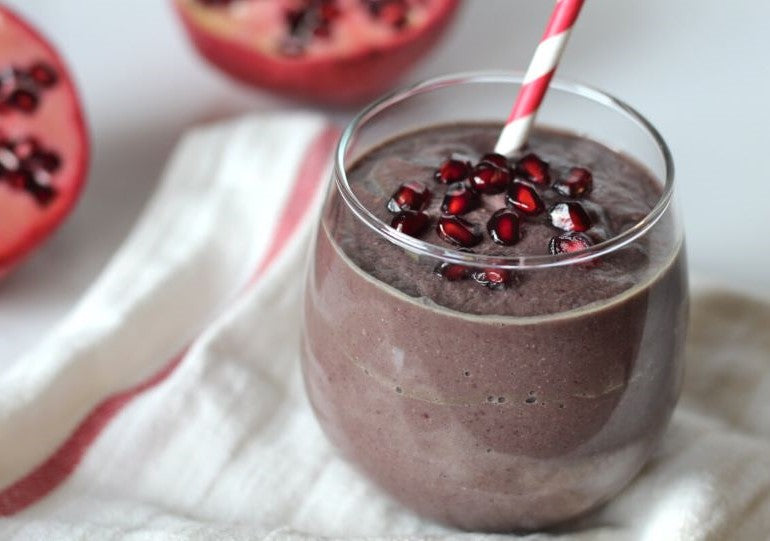Fiber can do so much for us. It can help manage weight, improve gut health, increase energy, and lower cholesterol. All fiber is found in the tough cell walls of plants – fruits, vegetables, legumes, and grains.
Fun fact: A groundbreaking study of nearly four hundred thousand people over a ten-year period, conducted by the National Institutes of Health (NIH), found that those who ate fiber-rich diets lived longest. Fiber was also credited with reducing the risk of death from cardiovascular disease, infectious and respiratory disease.
The Academy of Nutrition and Dietetics recommends women get 25 to 35 grams of fiber in their diet daily, and men, 38 grams. Unfortunately, most adults in the U.S. get only about half that amount per day. So why is this? The Standard American Diet – high in refined and processed foods, white breads and pastas – lacks serious fiber. However, whole plant foods like beautiful veggies and fruits are loaded with fiber.
Fiber is different from all other food components because it isn’t digested by the body, like fats, proteins or carbohydrates. Instead, fiber passes through the digestive tract, absorbs water, and then exits the body.
The two different kinds of fiber:
Soluble Fiber
Soluble fiber swells like a sponge in the stomach giving food a jellylike bulk – it dissolves in water – that makes you feel full. Good sources of soluble fiber include oats, chia seeds, apples, oranges, pears, lentils, strawberries, nuts, beans, blueberries, cucumbers, celery, and carrots.
Insoluble Fiber
Insoluble fiber includes the structural parts of plants – it does not dissolve in water – and helps bulk material passing through the digestive tract. This keeps everything moving right along. Good sources of insoluble fiber include: wheat bran, brown rice, seeds, nuts, zucchini, cabbage, onions, dark leafy vegetables, and cruciferous vegetables.
Let’s break down some of the main benefits of fiber:
Increased Energy
Fiber helps keep blood sugar levels steady, providing your body with sustained energy. This also helps prevent anxiety and aids in a good night’s sleep. A meta-analysis of studies regarding the relationship between fiber and blood glucose levels published in The Journal of the American Board of Family Medicine found that increased fiber intake can reduce blood glucose levels during the standard fasting blood glucose test.
Gut Health
Gut bacteria live off two food sources – the food we can’t digest, which is fiber, and the products of digestion that are made locally in our intestines. Beneficial microbes feast on fermentable fibers—which can come from various vegetables, whole grains and other foods—that resist digestion by human-made enzymes as they travel down the digestive tract. Short-chain fatty acids from fiber have been linked to improved immune function, decreased inflammation and protection against obesity-related illness. If we don’t feed the good bugs, they can die off, or potentially even worse, start feeding on the mucus lining of the gut wall – not good!
Hormone Balance
Fibrous food helps to regulate levels estrogen in the body. Studies have shown that women on a high-fiber diet have lower levels of circulating estrogen. When there is an excess of any hormone in relation to our body’s endocrine system, an overall imbalance develops and health problems can arise.
Lowers Cholesterol
Soluble fiber may help lower total blood cholesterol levels by lowering “bad” cholesterol levels. Studies also have shown that high-fiber foods may have other heart-health benefits, such as reducing blood pressure and inflammation. As digestion improves, the liver pulls cholesterol from the blood to create more bile acid (which is necessary for digestion), thereby reducing the amount of LDL (bad) cholesterol.
Weight Balance
High-fiber foods generally make us feel fuller for longer periods of time. Whole foods that are naturally high in fiber also tend to be lower in calories. Studies have shown that people on high-fiber diets typically eat about 10% fewer calories. As mentioned above, fiber also helps keep blood sugar levels steady, therefore preventing huge surges in insulin, the fat storage hormone. Fiber also traps small amounts of energy from the food we eat, escorting calories out of the body before they can be absorbed.
Based on the information above, you can see how soluble and insoluble fiber is both beneficial and absolutely necessary in our balanced diets. If you need help adding fiber to your diet, there’s nothing wrong with supplementing whole foods and healthy smoothies with a clean fiber supplement powder.














